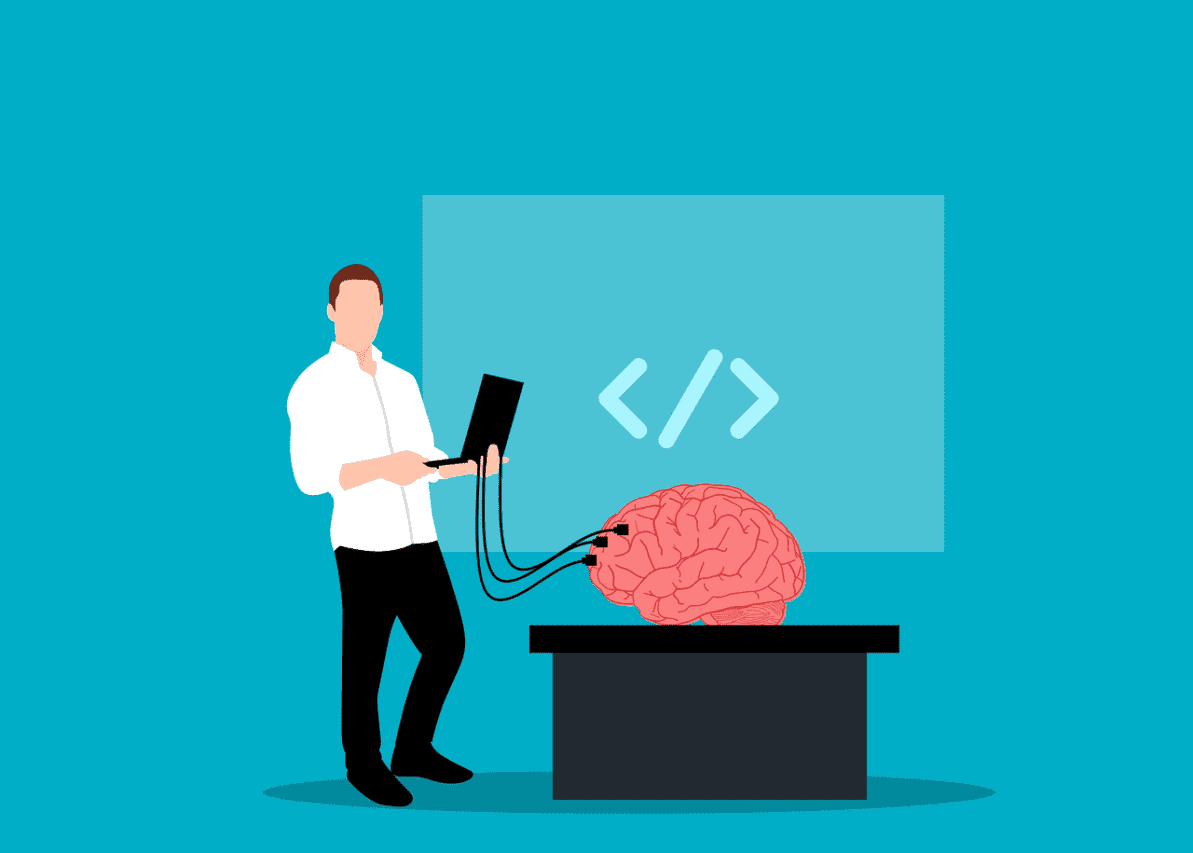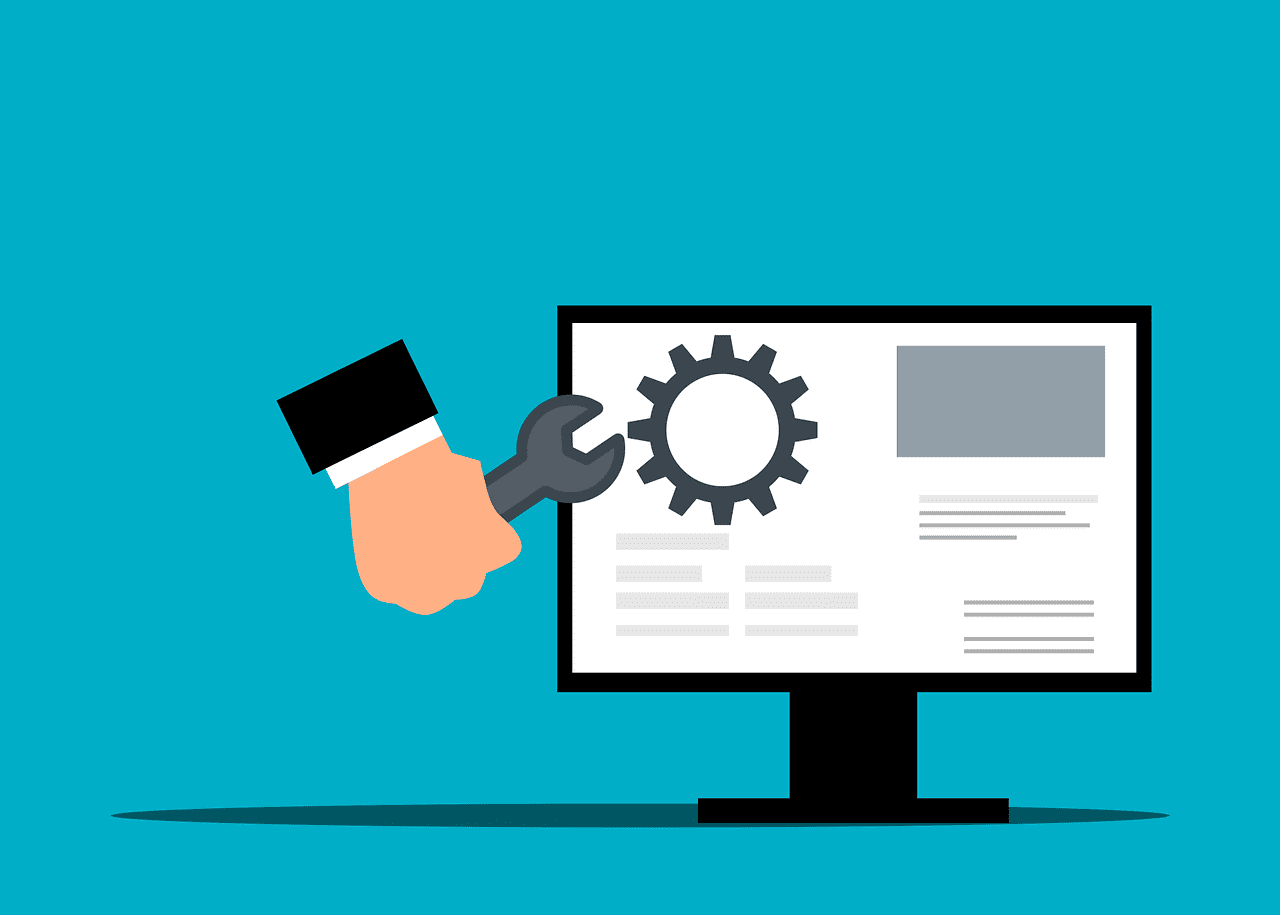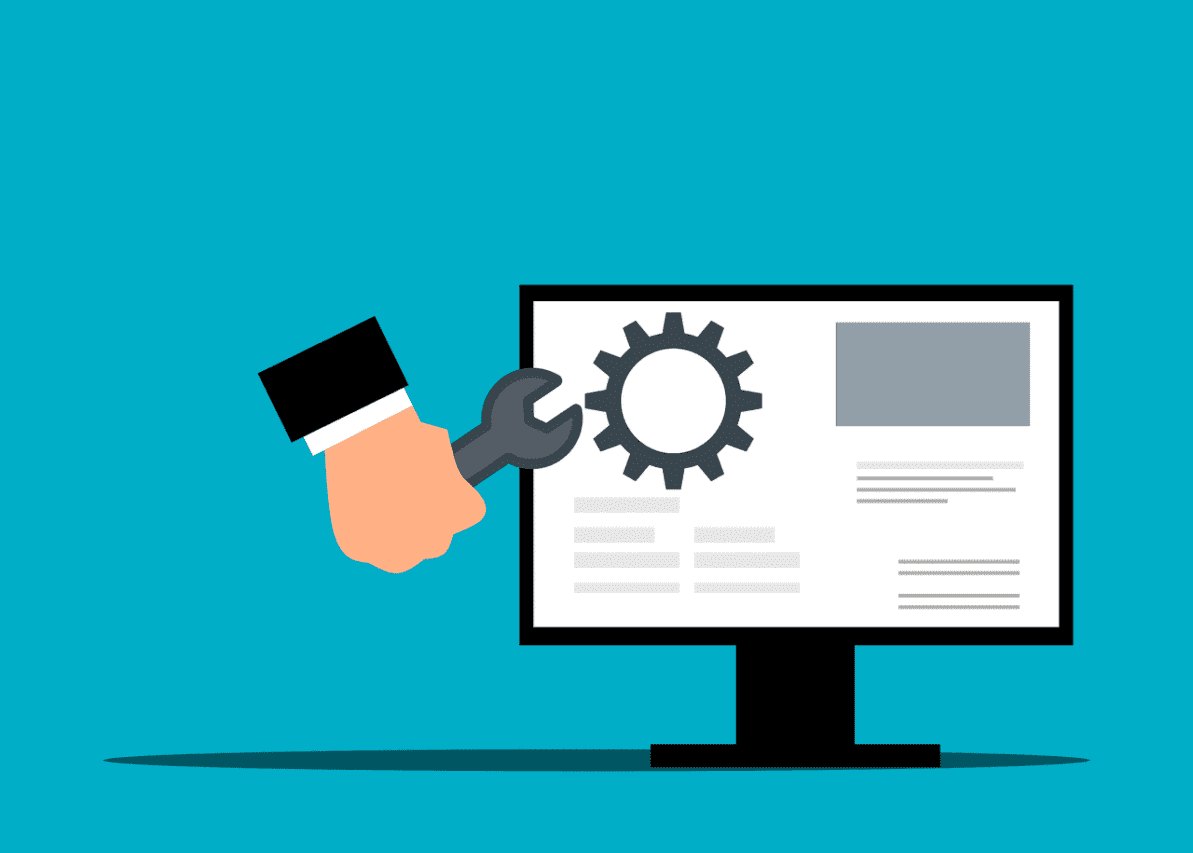Discover how Sage One Accounting simplifies financial management for small businesses with its user-friendly interface, invoicing tools, and cloud accessibility. Get insights into features, benefits, and a step-by-step guide to get started!
An Introductory Guide to Sage One Accounting
When it comes to managing finances for a business, using the right accounting software is key. Sage One Accounting, also known as Sage Business Cloud Accounting, is a tool that can drastically simplify your accounting tasks. Whether you are a small business owner or an accountant, understanding how this software works could help you take control of your financials.
What is Sage One Accounting?
SageOne Accounting is a cloud-based software designed explicitly for small businesses. Its aim is to make accounting simple and efficient. With this software, you can track income, expenses, and generate financial reports—all in one place.
Sage One also offers features that help manage invoicing, payments, and cash flow. It brings convenience to users by enabling access from any device with internet access.
Key Features of Sage One Accounting
Here are some essential features of Sage One Accounting that users love:
1. User-Friendly Interface
Sage One has a straightforward design. Users can easily navigate through its various functions, which is great for those who may not be tech-savvy.
2. Invoicing Tools
Create invoices with just a few clicks. You can add your company logo, customize templates, and send invoices directly to clients. According to Sage, using their invoicing tool can streamline payment processes.
Did you know? Approximately 32% of small businesses struggle with overdue invoices. Having an efficient invoicing system can really make a difference.
3. Expense Tracking
Sage One allows you to record expenses on the go. This means you won’t lose track of small purchases that could add up over time.
4. Financial Reports
Generating financial reports is fast and easy with Sage One. You can create profit and loss statements, cash flow statements, and balance sheets to understand your financial standing better.
5. Collaboration Features
You can invite accountants or team members to collaborate. This feature ensures that your financial team stays connected and informed.
6. Mobile App
Sage One Accounting now offers a mobile app. This allows you to manage your finances, send invoices, and track expenses anytime, anywhere.
Benefits of Using Sage One Accounting
Using Sage One comes with several advantages:
1. Cloud Accessibility
Since it’s cloud-based, you can access your information anytime, anywhere. This flexibility means you can work on your accounts during your morning commute or at home.
2. Time Efficiency
Automating repetitive tasks helps save time. By managing your finances online, you can focus on other essential areas of your business.
3. Cost-Effective for Small Businesses
For many small business owners, affordability is crucial. Sage One offers various pricing plans that allow managers to choose what works best for their budget.
4. Better Financial Insights
Regular financial reports provide a clear view of your business. This clarity leads to smarter decision-making, which can boost profitability.
5. Robust Security Features
As sensitive information is stored online, Sage ensures high-level encryption and security protocols to keep your data safe.
How to Get Started with Sage One Accounting
Starting with Sage One Accounting is straightforward. Here’s a simple step-by-step guide:
1. Create an Account
Go to the Sage website and sign up for an account. You may start with a free trial to see if Sage One fits your needs.
2. Set Up Your Preferences
After signing up, customize your profile. You can add your business details—like your logo, currency, and payment preferences.
3. Import or Enter Data
You can import existing data if you use another program. Alternatively, you can start fresh by manually entering your financial information.
4. Start Using Features
Once everything is set up, begin exploring different features. Try sending an invoice, receiving a payment, or generating a financial report.
Comparisons with Other Software
While Sage One Accounting offers fantastic features, it’s wise to consider other accounting software too. Here’s a quick comparison:
- QuickBooks: Larger companies prefer this because it has advanced functionalities.
- Xero: Xero is popular for its user-friendly design and integration capabilities.
- FreshBooks: This tool is often favored by freelancers for its robust invoicing features.
User Support and Resources
Sage offers numerous resources for resolving issues. Their website has an extensive help center including:
- Help Articles: These articles explain different features and answers standard questions.
- Community Forums: Join discussions with other users to find solutions together.
- Customer Support: Reach out to Sage’s support team for personalized assistance.
Conclusion
Sage One Accounting simplifies the accounting process for many! Its user-friendly interface and range of features make it attractive for small business owners. Plus, with cloud accessibility, you can manage your finances any time you choose.
If you are looking for affordable and efficient ways to keep track of your company’s financial health, give Sage One a try. With an easy setup process and reliable support, getting started might just be simpler than you think.
Ready to simplify your financial management? Explore more on Sage One Accounting here.
Frequently Asked Questions (FAQs)
1. What is Sage One Accounting?
Sage One Accounting is a cloud-based accounting software designed specifically for small businesses. It helps users manage their financial operations by tracking income, expenses, generating reports, and more, all accessible from any device with internet access.
2. How much does Sage One Accounting cost?
Sage One offers various pricing plans to suit different budgets. It’s advisable to visit the Sage website for up-to-date pricing information and to explore any available free trials.
3. Is there a mobile app available?
Yes, Sage One Accounting provides a mobile app that allows users to manage their finances, send invoices, and track expenses anytime, anywhere.
4. Can I import data from other accounting software?
Yes, Sage One allows you to import existing financial data from other accounting programs. You can also manually enter data if you prefer to start fresh.
5. What kind of financial reports can I generate?
With Sage One, you can generate various financial reports, including profit and loss statements, cash flow statements, and balance sheets, to gain a clearer understanding of your business’s financial standing.
6. Is there customer support available?
Yes, Sage provides extensive support resources including help articles, community forums, and direct customer support for personalized assistance.
7. Can multiple users collaborate on Sage One Accounting?
Absolutely! Sage One offers collaboration features that allow you to invite accountants or team members to join in managing your financials together.
8. How does Sage One ensure data security?
Sage One Accounting employs high-level encryption and security protocols to protect sensitive information stored online, ensuring your data remains safe.
9. Is it suitable for freelancers?
Yes, Sage One is beneficial for freelancers as it includes robust invoicing tools and expense tracking features that can help manage finances effectively.
10. How do I get started with Sage One Accounting?
To get started, visit the Sage website, create an account, set up your preferences, and begin exploring the various features available to manage your finances efficiently.















